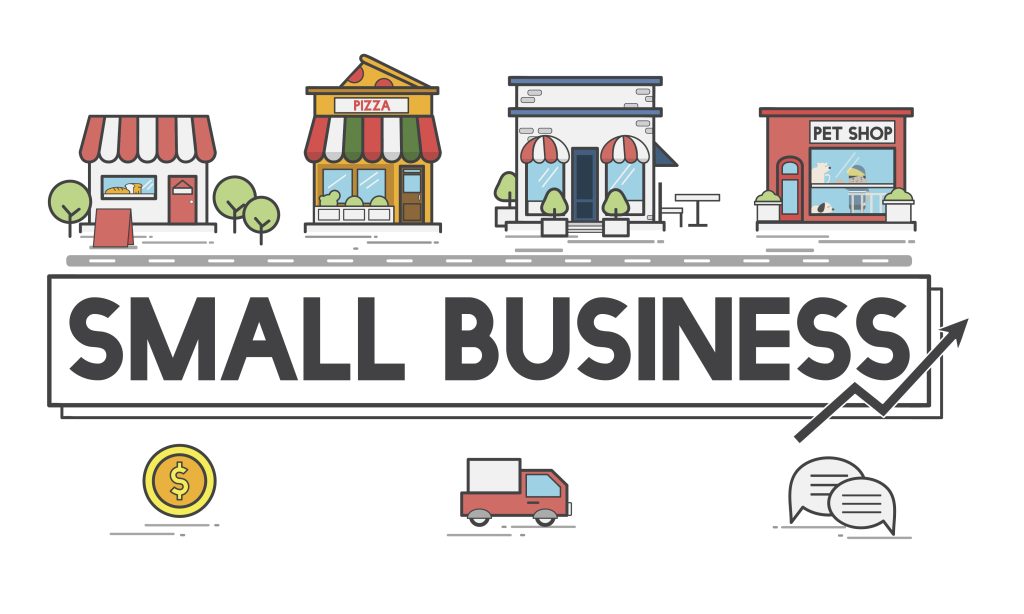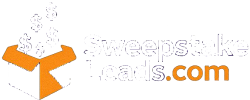



Get More for Less with Our Affordable Aged Mailing Lists
In today’s fast-paced digital world, businesses are constantly searching for ways to connect with their target audience more effectively. Whether you’re preparing to launch an email marketing campaign or considering a direct mail strategy, one element remains critical to your success: access to high-quality lead lists. These lists aren’t just a convenience-they’re a cornerstone of modern marketing, providing the fuel necessary to power outreach efforts and generate meaningful results.
A well-curated lead list gives businesses the ability to zero in on potential customers who are most likely to show interest in their offerings. Instead of marketing blindly to a general audience, companies can focus their efforts on individuals or businesses who match their ideal customer profile. This laser-focused approach not only improves engagement but also increases the likelihood of conversion, ultimately reducing marketing waste and enhancing return on investment (ROI).
For larger companies with established marketing departments and robust budgets, acquiring or building such lists is a routine part of their operations. They have the resources to invest in advanced customer relationship management (CRM) systems, subscribe to premium data providers, and employ specialized staff to handle lead generation and segmentation. However, the situation is markedly different for small businesses, start-ups, and solo entrepreneurs.
These smaller entities often operate with limited cash flow, tight margins, and small teams where one person may be juggling multiple roles. For them, the idea of spending hundreds or even thousands of dollars on lead generation tools or list purchases can seem daunting-if not entirely unfeasible. As a result, many are forced to rely on manual, time-consuming methods like scraping data from public sources, networking at events, or using basic social media outreach to build their contact lists. While these methods can yield some results, they are often inconsistent and not scalable.
This creates an ironic and frustrating paradox: the very businesses that could benefit the most from having targeted leads at their fingertips are the ones least likely to be able to afford or access them.
Yet, despite the financial constraints, investing in quality lead data can be one of the smartest and most impactful decisions a small business can make. In fact, it can be the difference between stagnant growth and significant expansion. When a small business gains access to a reliable lead list that aligns with its target market, it can start marketing more strategically, reduce customer acquisition costs, and close deals faster.
Rather than pouring resources into broad campaigns that may or may not land with the right people, businesses can use targeted lists to segment audiences based on location, behavior, industry, demographics, and more. This segmentation enables the delivery of personalized messages that resonate more deeply, which is critical in an age when consumers expect relevance and value from every brand interaction.
The Advantages of Using Aged Mailing Lists for Your Small Business
Organic leads are a powerful tool for business growth, offering a sustainable and cost-effective way to attract customers who have already expressed interest in your products or services. However, for small businesses with limited resources—whether it’s time, manpower, or budget—building and maintaining a steady flow of organic leads can quickly become overwhelming. The process of attracting, nurturing, and converting these leads requires consistent effort, expertise, and ongoing attention, which can be challenging when you’re juggling the many other facets of running a business.

Smart Ways to Leverage Aged Mailing Lists
In an increasingly competitive business landscape, the ability to engage with potential customers through multiple channels is a key driver of marketing success. Our aged mailing lists serve as a foundational asset for executing a comprehensive and well-coordinated multi-channel marketing strategy. These lists offer more than just names and email addresses—they include a wide range of contact data such as phone numbers, physical mailing addresses, and more. This depth of information empowers businesses to reach their target audience across various platforms, maximizing visibility and improving engagement rates.
One of the major advantages of using aged mailing lists is the sheer versatility they offer. Whether you’re focused on email marketing, cold calling, direct mail campaigns, or even SMS and text message marketing, having access to reliable, pre-verified contact details gives you a head start. With these lists, your marketing efforts don’t have to rely on a single touchpoint. Instead, you can orchestrate a well-rounded, multi-channel approach that increases your chances of making a connection and closing a sale.
For example, a campaign might start with a personalized email introducing your product or service. A few days later, you follow up with a phone call to reinforce your message and address any questions. After that, a targeted SMS message or a physical mailer could serve as a final reminder or special offer. This layered approach keeps your business top-of-mind and shows potential customers that you’re serious about building a relationship—something that is often missing in one-dimensional marketing efforts.
Additionally, the detailed nature of aged mailing lists allows for deeper segmentation and targeting. You can categorize your audience by location, industry, interests, or purchasing behavior, and then tailor your messaging to resonate with each group. Personalized communication is far more effective than generic outreach, and it helps build trust with your audience. This level of targeting isn’t just good for engagement—it also leads to higher conversion rates and a better return on your marketing investment.
Some marketers shy away from aged lists, mistakenly believing that newer data is always better. However, aged mailing lists offer their own unique advantages. These lists often consist of contacts who have already shown interest in similar products or services in the past. When approached strategically, these contacts can be highly responsive, especially if your offerings align with their previous behaviors or interests. With proper cleansing and validation—such as removing outdated or incorrect information—aged lists can perform just as well, if not better, than newer ones in certain contexts.
Grow Your Customer Base with Aged Leads
One of the most significant hurdles that every business—regardless of its size or industry—must overcome is securing that all-important first sale from a new customer. This initial transaction not only validates your product or service in the market but also marks the beginning of what could evolve into a long-term relationship and repeat business. However, getting to that point can be far more difficult than it seems.
Identifying potential customers and collecting accurate, actionable contact information is a demanding process. For many companies, particularly start-ups, small businesses, or those with minimal staff and tight budgets, this challenge is amplified. Without the luxury of large sales teams or sophisticated tools, these businesses often find themselves juggling the tasks of lead generation, outreach, and follow-up alongside countless other operational responsibilities. The sheer amount of time and resources it takes to find viable prospects can slow momentum, making it hard to scale efficiently or consistently.
This is where marketing strategies come into play. Inbound marketing—through content creation, social media engagement, search engine optimization (SEO), and email newsletters—has become a widely adopted approach to attract leads organically. It emphasizes drawing potential customers in by offering value, establishing authority, and building trust over time. It’s a sustainable and highly effective method that aligns well with modern buyer behavior.
However, while inbound strategies can deliver excellent long-term benefits, they often require a significant investment of time, effort, and ongoing maintenance to generate meaningful results. Writing and publishing blog posts, designing lead magnets, managing social media accounts, optimizing websites, and maintaining consistent content output are all tasks that demand attention and energy—resources that small businesses may already be lacking.
Moreover, inbound efforts usually don’t produce instant results. Building visibility online and gaining search engine traction can take months. Waiting for leads to come through the pipeline—especially when cash flow is tight or there’s pressure to hit sales targets—can lead to frustration and stalled growth. For businesses that are trying to build momentum quickly, this slow pace can feel like a bottleneck, limiting the ability to reach new customers and expand operations.
That’s why, for many companies, supplementing inbound efforts with more direct outreach methods becomes not just beneficial, but necessary. Outbound strategies—such as cold emailing, direct mail, or calling potential customers—can help cut through the noise and generate leads faster. These efforts allow businesses to proactively reach out to the people most likely to be interested in what they offer, rather than waiting for them to show up.
Still, even outbound marketing has its challenges. It requires accurate data to be effective. The success of any outreach campaign hinges on the quality of the contact list being used. Targeting the wrong audience leads to wasted time and resources, while a well-researched, niche-specific list can drastically improve open rates, engagement, and conversions.
This is why access to reliable lead sources, targeted contact databases, and smart segmentation tools is so important—especially for businesses that don’t have the internal capacity to gather and manage this data themselves. Investing in quality leads or lead generation services can fast-track the path to that first sale, creating immediate opportunities for engagement and growth.
Ultimately, securing the first sale is a milestone that requires a blend of strategy, persistence, and the right tools. While inbound marketing lays the foundation for brand trust and long-term growth, businesses often need the added push of targeted outreach to generate traction more quickly. By balancing both approaches—and ensuring that lead generation is rooted in precision and relevance—companies can overcome the initial hurdles and move confidently toward sustained success.



